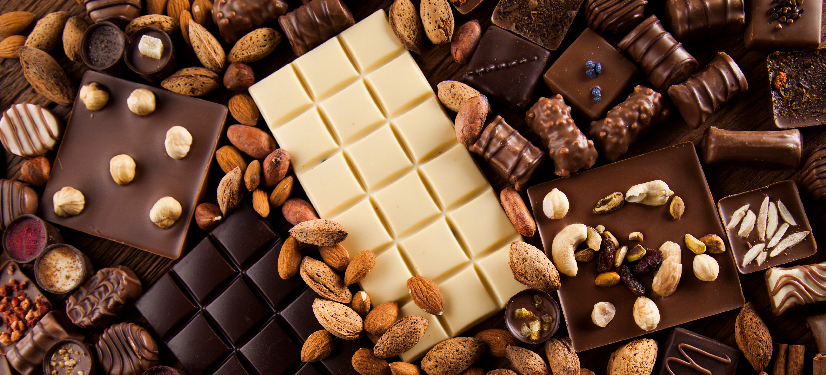
Chocolate – It’s one of the most perfect things ever made, isn’t it? It’s hard to find people who don’t like the ‘food of the gods.’ The luxurious treat that everyone can have has the power to make even the worst days better. But the reason it’s considered such a luxurious treat is because of where it comes from – the cacao pod. But the treat may soon become a really rare one as cacao plants around the world are threatened. Or are they?
Chocolate comes from the cacao tree (also known as the cocoa tree), which needs a highly specific kind of climate to grow in. Hot, humid, and rainy or a tropical climate is best suited for cacao plants, which can be found only in a few regions very close to the equator. While lots of countries in South Asia, Africa, and Central and South America grow cacao, more than half the world’s cacao comes from two countries: Côte d’Ivoire (the Ivory Coast) and Ghana. India, Indonesia, The Carribeans and Ecuador make up for the rest of the supply.
These plants require a lot of sunlight, heat, and water – which means a lot of maintenance. It’s also tricky to harvest the pods of the plant as they yield very slowly and require special tools for it. The seeds are extracted from the pods, fermented and then dried and roasted (The flesh, which tastes like a cross between a pear, mango and lychee, is eaten separately). The seeds are then crushed to extract the cocoa nib, which contain cocoa solids and fats. The two are separated, crushed and processed, and finally, after a few more additions, you have your bar of chocolate. Patience really does yield sweet fruit!
The bitter truth
A few years ago, there were reports that suggested cocoa may become extinct by 2050. Thankfully, however, our chocoholic hearts were put at ease later as scientists debunked that prediction. But they did underline that ongoing climatic and social changes can greatly affect the production of cocoa.
Just like everything else, climate change is a villain in the story of chocolate. The changing weather patterns have affected the amount of heat and rain the cocoa plants receive, which in turn has reduced the cocoa yield over the years. Another major concern is the diseases that plague cocoa plants. Swollen-shoot disease, which is currently endangering the cocoa plants in Ghana, is rampant and very difficult to combat as it ruins all the cocoa on a tree.
Ghana produced a record 1.4 million tons of cocoa in 2020-21 but is now reporting a major slow down in production due to diseases and bad weather conditions that are forcing farmers to move their farms elsewhere. Not to mention that the supply of cocoa and chocolate cannot keep up with our consumption. Globally, we consume about 28,00,000 tons of chocolate per year, so chocolate makers and companies use other additives like vegetable oil and milk powder, and flavourings like nuts and fruit to make up for the shortage.
Sweet hope
Don’t lose hope for your favourite dessert yet, though. Renowned chocolate brands like Mars and Hersheys are working with scientists to develop new strains of cocoa that are immune to disease and can yield more beans in a shorter span of time. This will also help relieve some of the pressure that small, developing countries like Ivory Coast and Ghana have to endure.
Climate change is wreaking havoc in these plantations as well, but soon there may be newer varieties of cocoa that may not require as much sunlight or rain. And while these two regions may face other challenges, they (or any other country) are by no means running out of cocoa any time soon. So rest assured that the future will remain sweet, at least chocolate-wise!
If chocolate were to be extinct, what would you pick as your next favourite dessert? Let us know in the comments.
1. Why are we running out of cocoa?
The main reason behind a shortage of cocoa is that the supply is not matching the demand. The African countries that produce the majority of cocoa are suffering from extremely dry weather, which is not conducive for cocoa growth. Additionally, deadly diseases have wiped out close to 40% of the current production of cacao plants.
2. How long until the world runs out of chocolate?
Some studies in 2018 suggested that we may run out of chocolate by 2050 but more recently scientists have confirmed that we won’t be running out of cocoa.
3. Is cacao endangered?
As of 2022, cacao is not an endangered plant species.
Madhavi is passionate about everything to do with books, art, literature, films, trivia and food. A former journalist, she believes that asking questions makes life interesting.